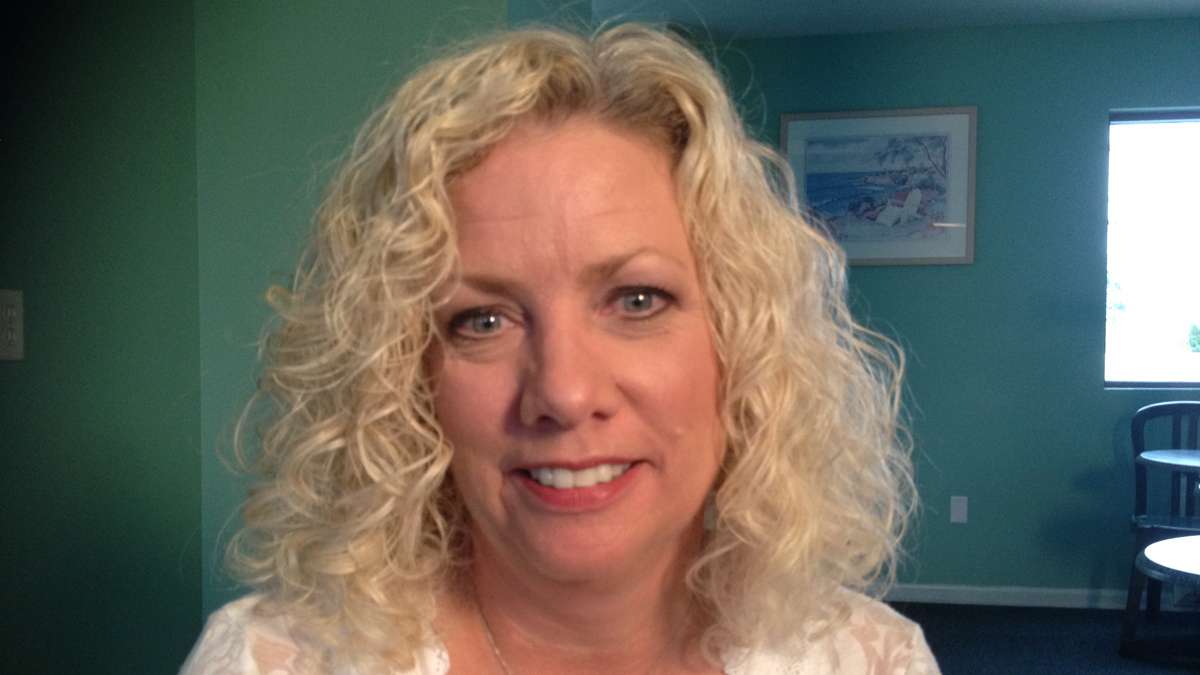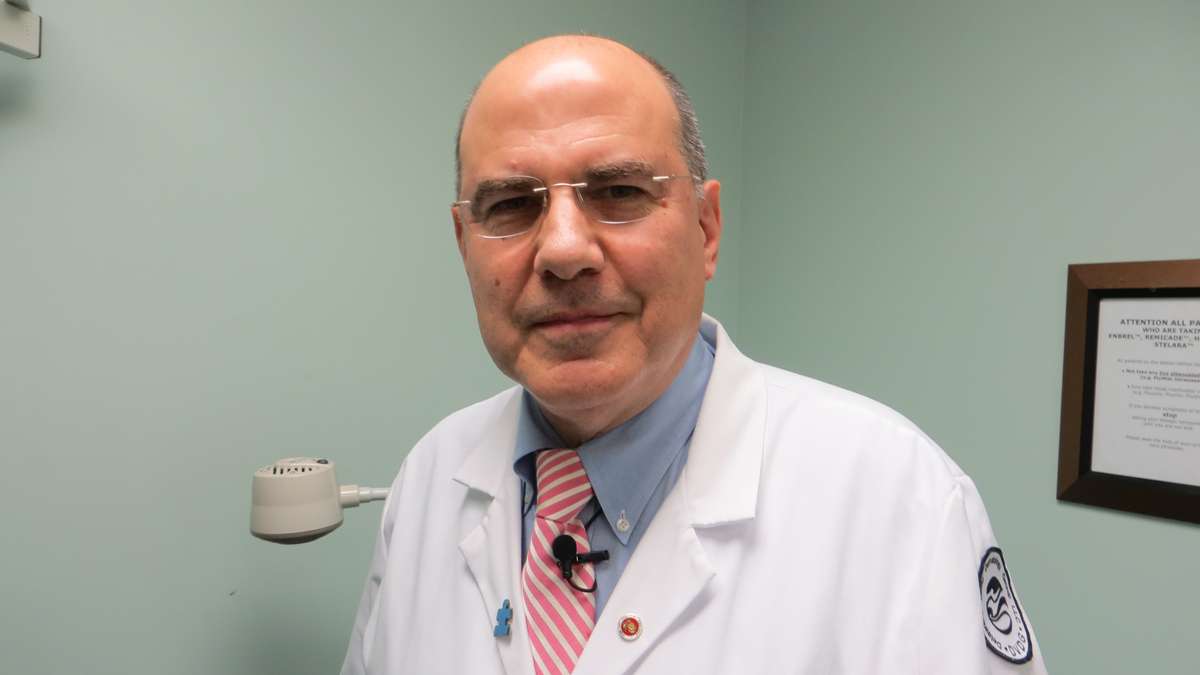6 tips for avoiding the common sunburn
Listen-

-

-

-

-

-

-

-

-

-

-

-

A home is raised in Tuckerton
-

-

-

-

-

-

-

Dermatologist Michael Saruk shares tips on how to protect your skin from the sun.
Dermatologist Michael Saruk wants you to wear sunscreen, but he knows all those sticky potions and lotions can be a big bother.
“The chemicals will sometimes sting, it can ruin a golfer’s game, make kids cry,” said Saruk, a physician with the Delaware Valley Dermatology Group.
He has a list of sun protection advice, but sunscreen is a basic.
“That’s what I tell my patients first because I’ve got to get them interested in the game,” Saruk said.
Skin cancer is the most common cancer in the United States and it’s on the rise, while other cancer rates are dropping. Most cases are preventable.
This week the Surgeon General called for a coordinated effort to encourage Americans to take recommended steps to protect their skin.
1. Go broad with your sunscreen
Health officials say: Choose a sunscreen that says “broad spectrum” coverage. That means it protects against both ultraviolet B and UVA rays. Ultraviolet B radiation can give you a nasty surface burn, but UVA rays penetrate deep beyond the upper layer of skin.
2. Reapply, reapply, reapply
Another tip from Saruk: “Remember when sunscreens used to say waterproof or sweat proof, that’s baloney. They’re water resistant, sweat resistant. The new mantra is reapply, reapply, reapply and I don’t care how high the SPF is. You have to reapply at least every two hours.”
Some people worry about the chemicals in sunscreen and question whether they cause cancer. There is definitive science that sunscreen prevents skin cancer, and according to skincancer.org, “The general consensus is that they pose no risk to human health.”
3. Another kind of sunblock
Most sunscreens use chemicals that are absorbed into the skin, but that’s only one type. Many people now prefer lotions that use minerals to reflect light away from the skin. Those are physical blocks. If you’re reading labels, look for either “titanium dioxide” or “zinc oxide.”
4. Keep a lid on it
Health officials say don’t forget to also cover up with a hat, lightweight long sleeves and stay in the shade when the sun is hottest.
The Delaware Department of Health compiled its prevention tips on the Web site: protectyourskinde.com
“People don’t realize that sun damage is cumulative,” said Tracy Graham, an esthetician with Kirkwood Pharmacy in Delaware. “You will lose the elasticity of your skin, your skin will become crepe-y. Not only on your face but your whole body.”
5. Protect your eyes
Graham recommends eyewear with certified UV protection. “To stay youthful looking, use sunglasses that wrap around the eye area — that helps from getting crows feet,” Graham said.
6. Off-season protection
Once Saruk gets patients to make sunscreen a habit — all year round — next he encourages them to avoid indoor tanning, and he recommends high-tech swim clothes and active wear with UV protection built in.
“People are opposed to wearing something that’s almost like a turtleneck to go into the water. It’s doesn’t feel like flannel, and it saves you from putting all that junk on you that you hate to put on,” Saruk said. “It’s great being outside, I love to go to the beach, but I protect myself. I wear the funny shirt with the long sleeves. And I don’t get burned.”
A reformed sun worshiper
Dover, Delaware, resident Terri Stoakley likes to join the crowds at the beach, but says these days she’s smarter about the sun. Years ago, she used to get ‘lobster-burned’ a couple times every year.
“Everybody back then tanned, if you were pale it was considered unhealthy, if you had a nice tan it was considered healthy,” Stoakley said. “We just grew up putting baby oil on ourselves and baking ourselves in the sun all day.”
Decades later, Stoakley has had six surgeries on her face to battle basal cell carcinoma.
“I have scars that run down my laugh lines, I have scars that run down both sides of my upper lip, around my nose,” she said.
The doctors did their best to hide the incisions, but Stoakley said, “I see every scar no matter how much makeup I’m wearing.”
WHYY is your source for fact-based, in-depth journalism and information. As a nonprofit organization, we rely on financial support from readers like you. Please give today.



